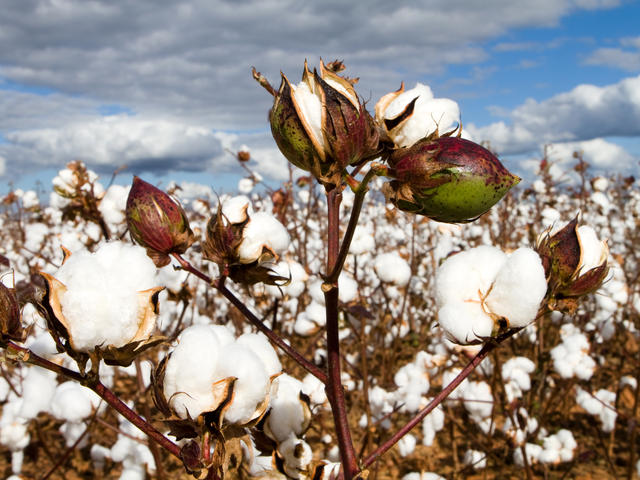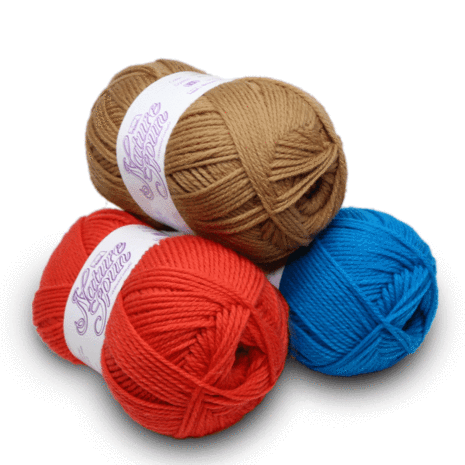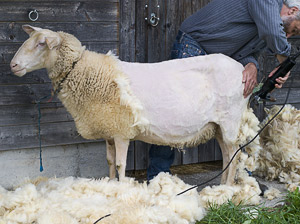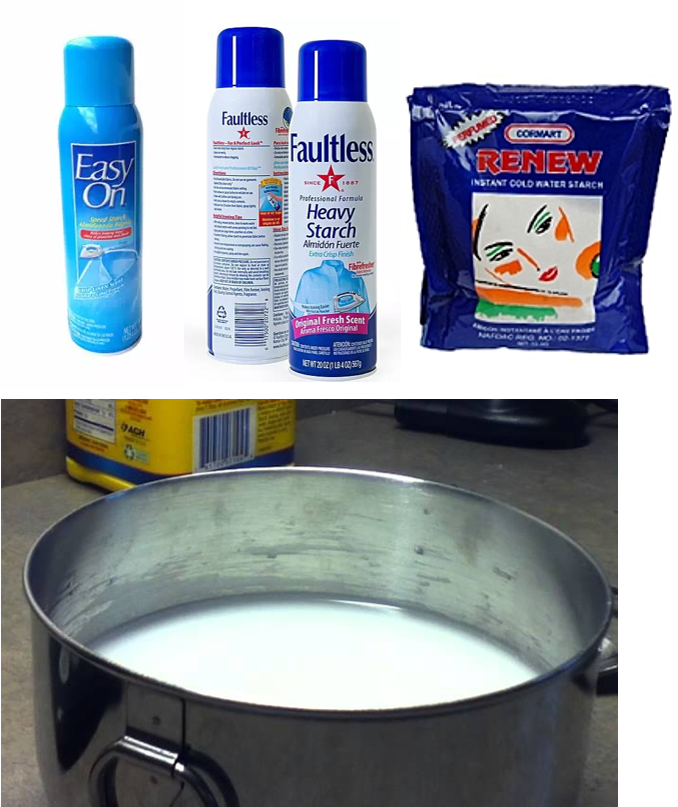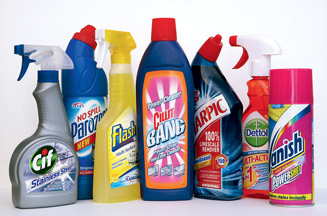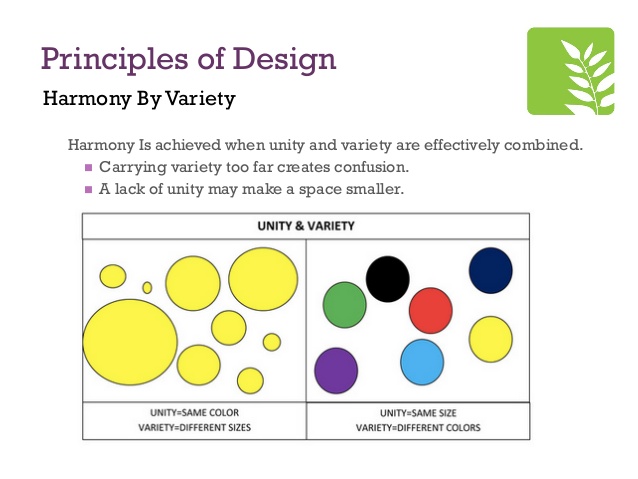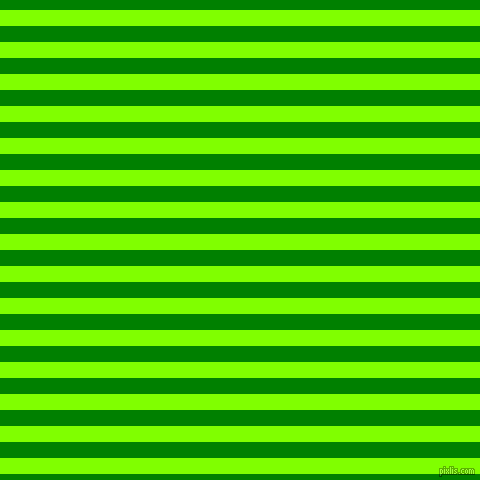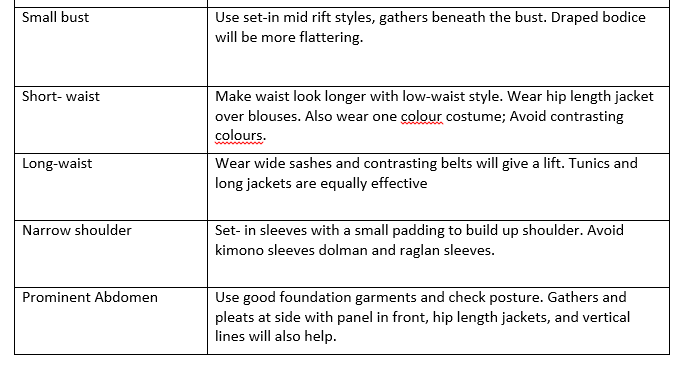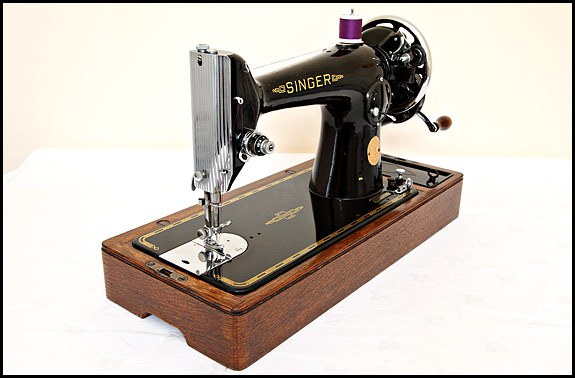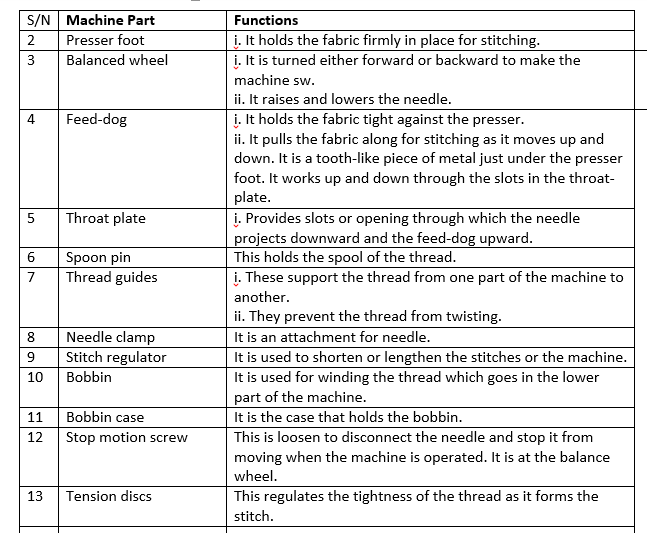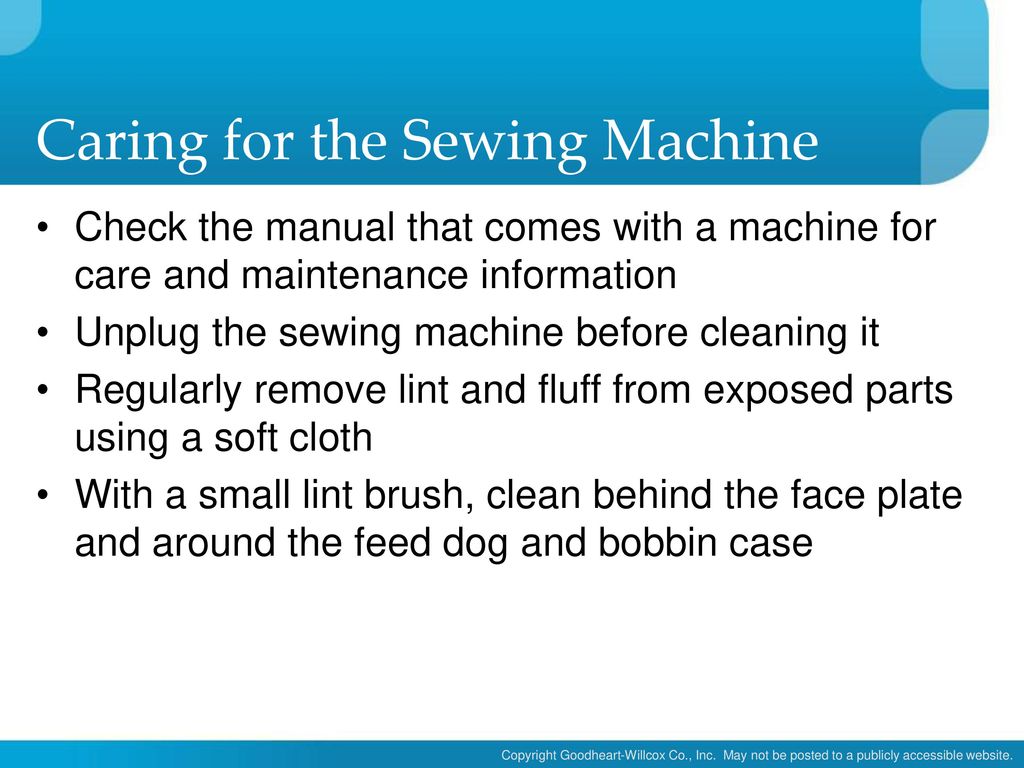Sub-Topic 2:
Fabric identification methods, Uses of fabrics.
Fabric identification methods:
Identification is the process of recognizing the different fabrics. Sometimes labels on fabrics give details of the type of fabrics and how to care for them. In some cases, the labels are not available. Also many fabrics resemble one another in appearance and feel. Thus it becomes necessary that one knows how to identify fabrics by using identification tests like the following:
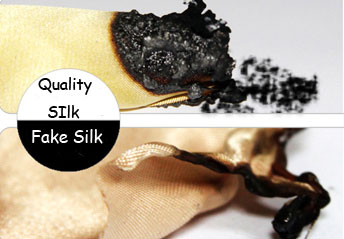
The different identification tests are;
1. strength test
2. microscope test
3. burning tests
4. appearance and handling
Strength test: this is done to test both the wet and dry strength of fabrics.
Apparatus needed:
i. Two warp yarns of each fabric to be tested.
ii. A bowl of cold water.
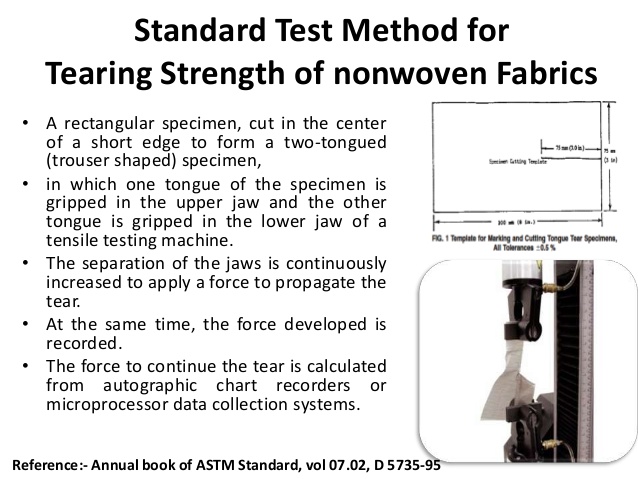 Procedure:
Procedure:
i. Soak one of the yarns in a bowl of cold water.
ii. Bring it out of the water and pull with both hands.
iii. Repeat with the dry yarn. Find out if wet one is either stronger, weaker or the same as the dry one.
Microscopic test: this is a test to study the structure of the fabric under a microscope.
Apparatus needed:
i. Microscope
ii. High and low power lenses.
iii. A slide.
iv. Fabric yarns.
v. Cellotape
 Procedure:
Procedure:
i. Mount the yarn on a slide.
ii. Examine under low power lenses. Repeat under high power lenses.
iii. Observations should centre on the shape of the fibre (flat or round) as well as markings on it.
Burning test: this is the process of holding yarns over a flame of a lighted candle, match or gas
burner.
Apparatus needed:
i. Bunsen burner stove or candle.
ii. Matches.
iii. Small pieces of different materials.
iv. A crucible.
 Procedure:
Procedure:
i. Light the Bunsen burner, stove or candle.
ii. Hold the material or fabric over the flame and withdraw immediately.
Observations to be made are:
i. Whether the yarn
(a) burns
(b) continues to burn out the flame
(c) Shrinks form flame and melts.
(d) Melts and burns.
ii. The type of smell from the fumes.
iii. The nature of the ash.
Appearance and handling: this is the physical look and the feel of the material when touched by hand. Appearance and handling are not dependable tests, because many fabrics can have similar appearance and handling.
Identification tests of different fabrics:
1. Wool:
(a) Strength test: stronger when dry than wet
(b) Microscopic test: i. long and cylindrical appearance. ii. fibre covered with scale pointing in one direction.
(c) Burning test: i. smolders ii. Smells like burning hair or feathers. Iii. Leaves porous crushable carbon beads.
(d) Appearance and Handling: i. has lots of hair on its surface. ii. Warm and elastic quality. iii. Very little luster.
2. Silk:
(a) Strength test: weaker when wet than dry
(b) Burning test: i. smells like burning feather or hair ii. Shrivels and burns slowly
(c) Microscopic test: i. appears long, smooth and rod-like ii. Reflects light readily
(d) Appearance and Handling; i. smooth and shiny ii. Feels cool to touch
3. Cotton:
(a) Strength test; i. firm and strong when dry ii. Strong when wet
(b) Microscopic test: i. fibre has twists ii. Fibre has flat long appearance
(c) Burning test: i. burns easily, in and out of flame. ii. Smells like burning paper. iii. Leaves a grey powder.
(d) Appearance and Handling; i. smooth without luster, ii. Creases iii. cool to touch
4. Viscose Rayon;
(a) Strength test: stronger when dry than wet
(b) Microscopic test; resembles silk
(c) Burning test; i. burns readily ii. deposits white ashy spots
(d) Appearance and Handling: i. smooth ii creases badly
5. Acetate:
(a) Strength test: stronger when wet than dry
(b) Microscope test: similar to viscose rayon
(c) Burning test: i. burns slowly in and out of flame. ii. smells like acetic acid or vinegar.
6. Linen:
(a) Strength test: i. very strong naturally ii. stronger when wet than dry
(b) Microscopic test: smooth rounded appearance with nodes or swellings at regular intervals
(c) Burning test: i. burns easily in out of flame ii. leaves a feathery white ash iii. smells like burning paper.
(d) Appearance and Handling: i. cool smooth feel ii. Has luster iii. creases easily
7. Nylon:
(a) Strength test: no difference when wet or dry
(b) Microscope test: long thin fibre with clear central tube
(c) Burning test: i. shrinks from flame ii fumes smell like boiling celery iii. melts into white hard beads.
(d) Appearance and Handling: i. drapes easily ii. creases resistant iii. smooth surface
8. Polyester:
(a) Strength test: no difference
(b) Microscopic test: rod-like, smooth and cylindrical in appearance
(c) Burning test: i. melts and shrinks from flame ii. burns on in flame iii. forms hard beads
(d) Appearance and Handling: i. smooth and soft to touch ii. crease resistant
Uses of fabrics
Different fabrics are suitable for different purposes.
1. Cotton fabrics can be used for outer personal clothes, underwear, furnishings, bed sheets, pillow cases, tablecloth etc.
2. Linen can be used into different articles such as kitchen linen, like glass-cloth, tea-towels, table-covers, tray cover, serviette, suits, dresses, etc.
3. Wool can be used be used for under wears, sweaters, socks, suits, trousers, vests, baby wears, soft furniture, etc. they are particularly suitable for cold weathers and temperate countries.
4. Silk fabrics are used for making scarves, tiles, dresses, shirts, etc.
5. Viscose rayon is used for bed-sheets, bed-covers, home furnishings, table- cover, under wears, dresses, etc.
6. Acetate fabrics can be used for dresses, evening wears, lingerie, shirts, ties, umbrellas, rain wears, batting suits, etc.
7. Nylon is used for different types of garments e.g. under wears, night-wears, stockings, curtains, carpets, upholstery, etc.
8. Polyesters are used for varieties of dresses, bed sheets, pillow cases, home furnishings, etc.
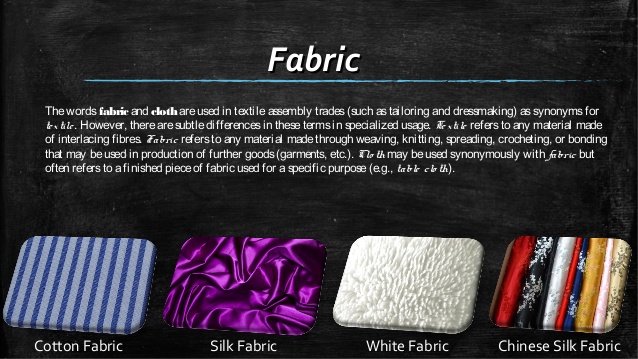
Activities:
1. Visit a tailor’s workshop. Collect as many pieces of different kinds of fabrics as possible
2. Carry out the following tests, record your observations:
i. Appearance and Handling test
ii. Microscope test
iii. Strength test
iv. Burning test
3. Use the identified fabrics to make an album. Label specimens correctly.
Objective questions
1. Which of the following is not true:
A. Flax plant linen.
B. Sheep wool
C. Silk worm cotton
D. Silk worm silk
E. Cellulose acetate
2. Which of the following is suitable for bed linen in Nigeria?
A. Wool B. silk C. cotton D. linen E. viscose
3. Linen is suitable for A. kitchen linen B. blankets C. sweaters D. rugs E. carpets
4. Many fibres can be twisted to form A. yarn B. fabric C. cloth D. fashion E. textiles
5. Which of the following is made from petroleum? A. viscose B. nylon C. acetate D. rayon E. wool
6. One of the following will burn in flame giving a smell of burning paper
A. Cotton B. silk C. wool D. nylon E. polyester
7. Which of the following smolders when burnt and gives the smell of burning hair or feather? A. cotton and linen B. wool and silk C. nylon and silk D. nylon and cotton E. polyester and cotton.
8. The treatments given to fabrics after construction to improve their appearance are called fabric………………. A. grains B. finishes C. decorations D. neatening E. cleaning
9. Which of the following is an easy care finishing? A. luster B. sheen C. mercerization D. glazing E. drip-dry.
ASSIGNMENT
Popoola O.O. Workbook on Home Economics New Concepts for JSS Book 3 Unit 1 Page 3-5
